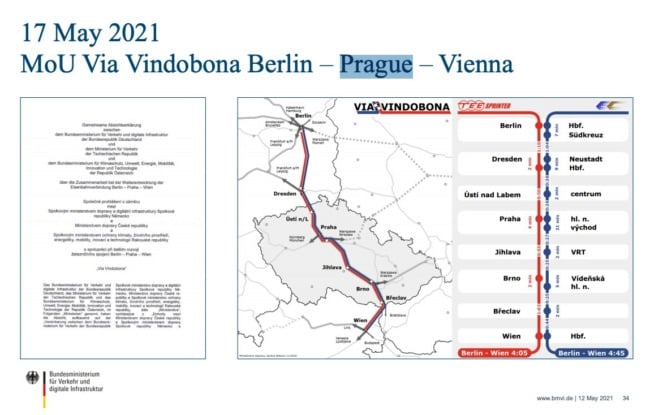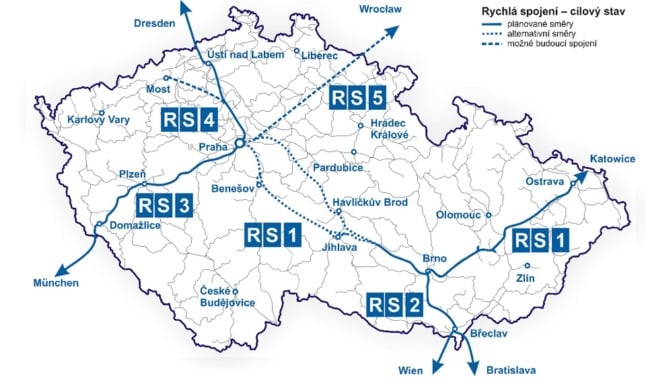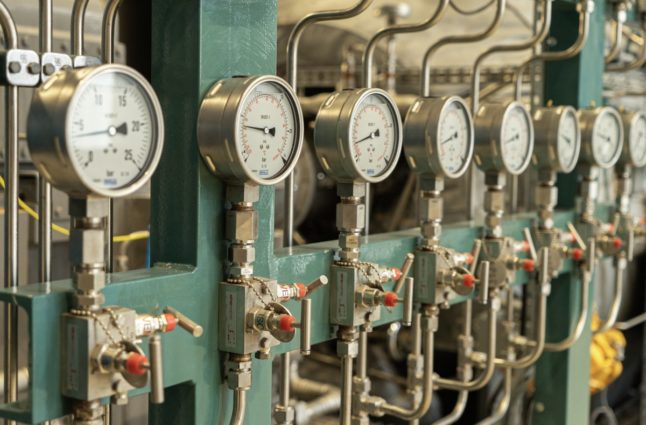Travel times between the capital cities of Germany passenger services between the capital cities of Germany, the Czech Republic and Austria could be slashed in the next 15 years, if plans announced at German Rail Summit earlier this week come to fruition.

German Transport Minister Andreas Scheuer spoke about plans agreed by the three countries, called the Via Vindobona Treaty for a combination of upgraded routes and sections of new high speed line.
This could allow passengers to travel from Berlin to Vienna in around five hours with limited stops, while express services could even create journey times of four hours.
The fastest journey time between the two cities is currently around eight hours and 15 minutes. The Berlin to Prague journey time would be cut to two hours 30 minutes and Dresden to Prague to around one hour, according to Railway Gazette international.
The news comes following plans to revive night trains across Europe, including a sleeper service from Vienna to Paris by the end of 2021.
READ MORE: Map-a return to night trains across Europe takes a step closer
At the heart of the scheme is a 30km tunnel under the Erzgebirge on the German-Czech border, for which a joint declaration was signed in March 2020.
This is expected to be completed by the mid-2030s, as part of a 123km high-performance railway between Dresden and Prague, cutting the distance by around 56 km.
READ ALSO:
- Paris to Berlin in four hours: The plan for Europe’s ultra-rapid train network`
- Night trains in France set to make a comeback
- Sweden reveals tentative plans for overnight trains to several European cities
Czech Transport Minister Karel Havlíček said he was keen to introduce two-hourly services to the neighbouring capitals, increasing to an hourly service in the longer term.
The website Railtech reported in 2019 the Czech rail infrastructure manager SŽDC planned to construct high-speed railways in the country, allowing passenger trains to run at a speed of 320kph, more than twice as fast as is currently possible.

Austrian Climate Minister Leonore Gewessler promised a start would be made next year on a one billion euro upgrade of the 66 km Nordbahn between Wien and the Czech border at Bernhardsthal.



 Please whitelist us to continue reading.
Please whitelist us to continue reading.
Member comments